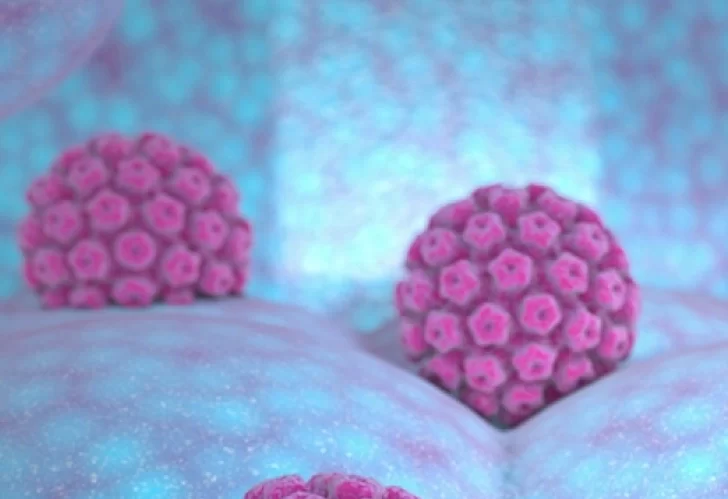Condylomata acuminata. Key facts
Condylomata acuminata refers to genital warts caused by human papillomavirus (HPV).
Condyloma acuminata are often diagnosed clinically following definitive history and thorough visual examination of the lesions.
The condition is characterized by skin-colored, fleshy papules in the genital region.

–
Etiology
HPV is a DNA virus primarily spread through sexual contact.
There have been over 100 types of HPV identified, with 40 strains known to affect the genital area and HPV strains 6 and 11 are the most prevalent strains that cause condyloma acuminata.
.Infection with several strains of HPV also causes cellular dysplasia leading to certain cancers, namely cervical cancer in females
HPV types 16 and 18 are high-risk subtypes for developing a malignancy. HPV types 31, 33, 35, 39, 45, 51, 52, 56, 58, 59, 66, 68, 73, and 82 may also be present in mucosal cancer.
Treatment / Management
Treatment can be delayed in adolescents, and young, healthy adults, as lesions often resolve spontaneously over months to years.
Condyloma acuminata can have significant psychological effects on patients, including anxiety, guilt, and anger.
Treatment should be pursued with lesions that persist.
Prevention: Vaccination
The HPV vaccine is most effective when given before exposure to the virus. Therefore, the current recommendations are for girls and boys ages 11 to 12 to receive two doses of the vaccine.
The HPV infection is preventable with a highly efficacious vaccine also this vaccine protects against HPV6 and HPV11, which is the causative agent behind around 90% of genital warts. The vaccine also protects against viral strains that cause cervical cancer, including HPV16 and HPV18.
It is also recommended for anyone under the age of 45 to be vaccinated.
